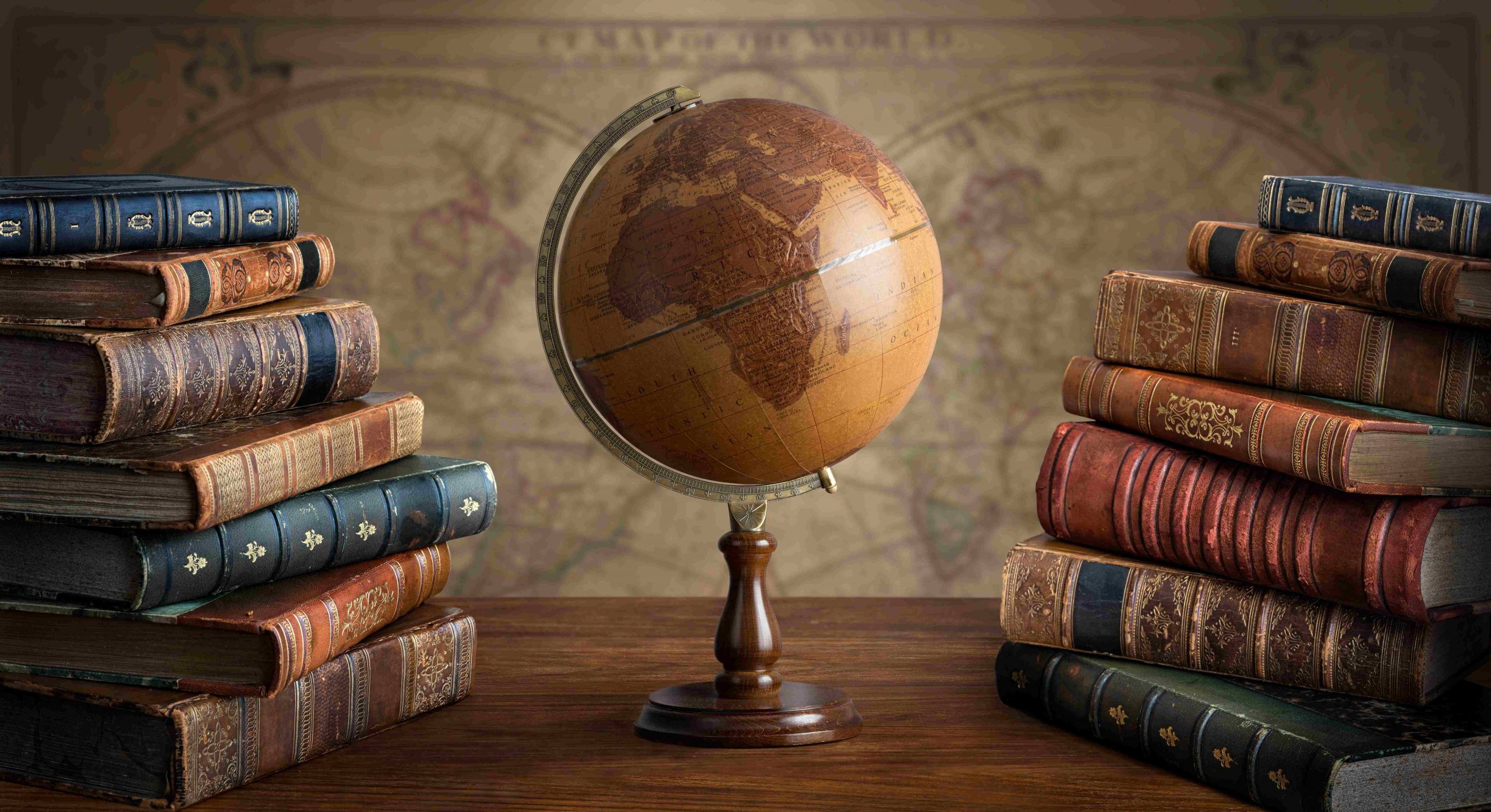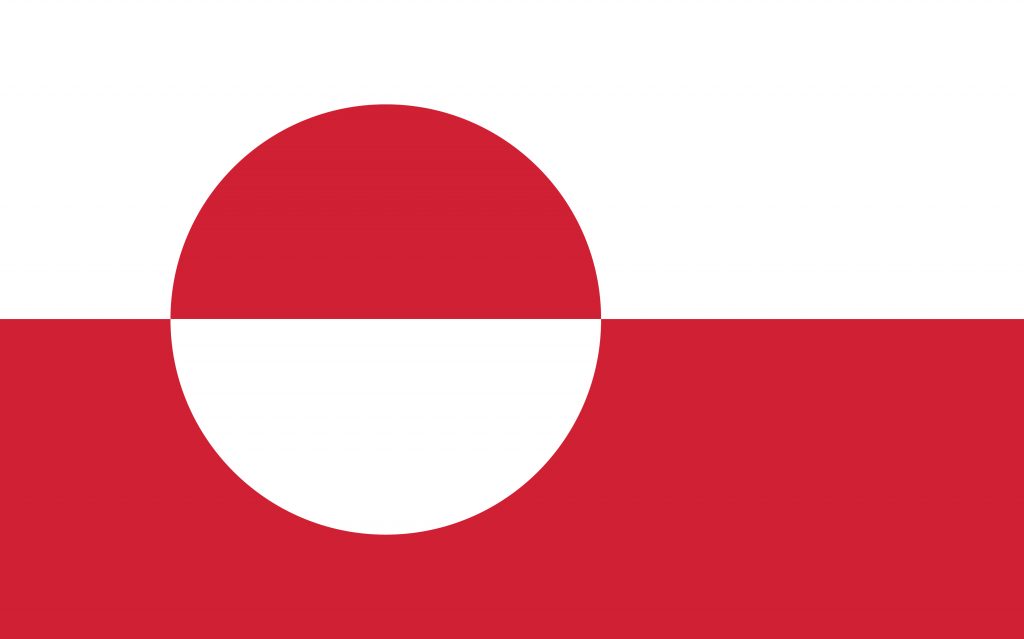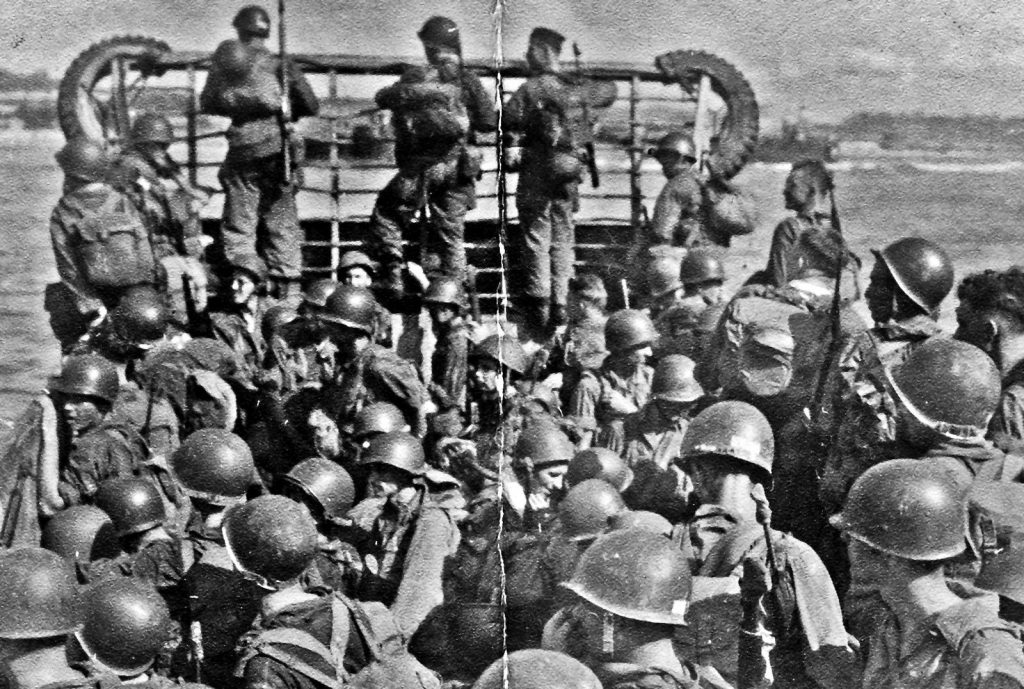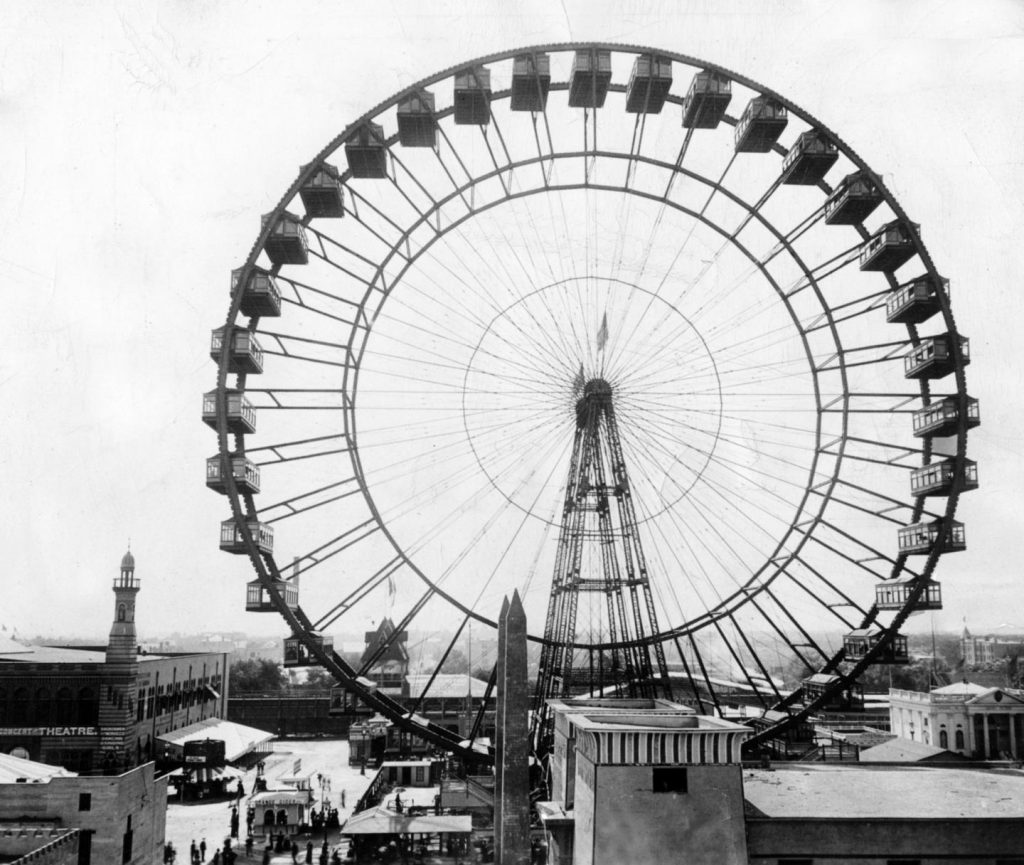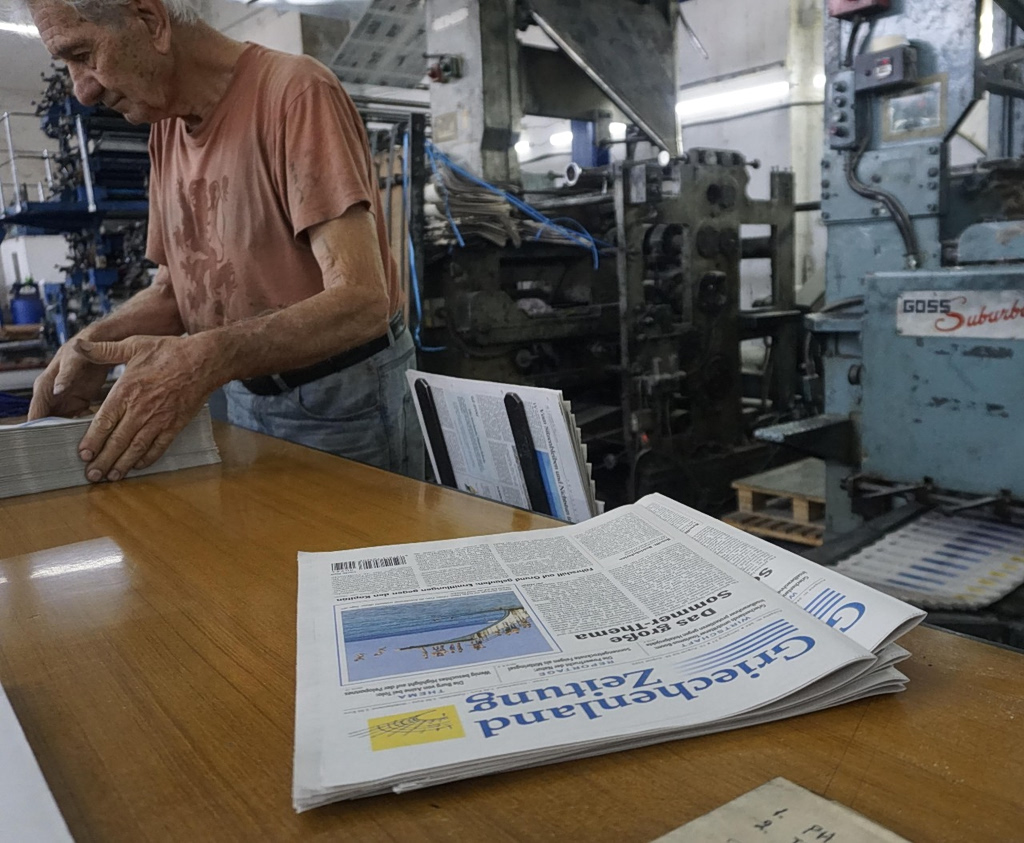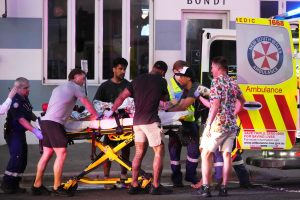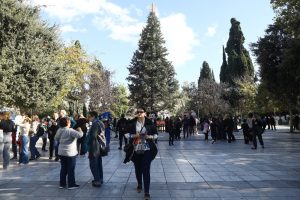A closer look at key historic events that took place on June 21:
In 2009, Greenland becomes self-governing
Greenland gained control over areas such as law enforcement, judicial affairs, and natural resources while Denmark retained control of foreign affairs and defense. This move followed a 2008 referendum in which the Greenlandic population overwhelmingly supported greater autonomy.
In 1985, the body of Josef Mengele is identified
Forensic experts confirmed that remains exhumed in Brazil were those of Josef Mengele, the infamous Nazi doctor known for his inhumane experiments at Auschwitz. Mengele had evaded capture after World War II, living under various aliases in South America until his death by drowning in 1979.

Josef Mengele (1911-1979), German SS officer. Photo taken by a police photographer in 1956 in Buenos Aires for Mengele’s Argentine identification document. Flickr
In 1982, the verdict of John Hinckley, Jr.’s trial is issued
Hinckley Jr. was found not guilty by reason of insanity for his attempted assassination of U.S. President Ronald Reagan in 1981. The verdict sparked a significant public outcry and led to changes in laws regarding the insanity defense in the United States.

By United States Federal Bureau of Investigation – File:John Hinckley, Jr. Mugshot.png cropped, Public Domain, https://commons.wikimedia.org/w/index.php?curid=30363602
In 1963, Paul VI is elected pope
Cardinal Giovanni Battista Montini was elected Pope, taking the name Paul VI. His papacy, which lasted until 1978, was marked by the continuation and implementation of the Second Vatican Council reforms and efforts to improve the Church’s relations with other religions and modernize its practices.
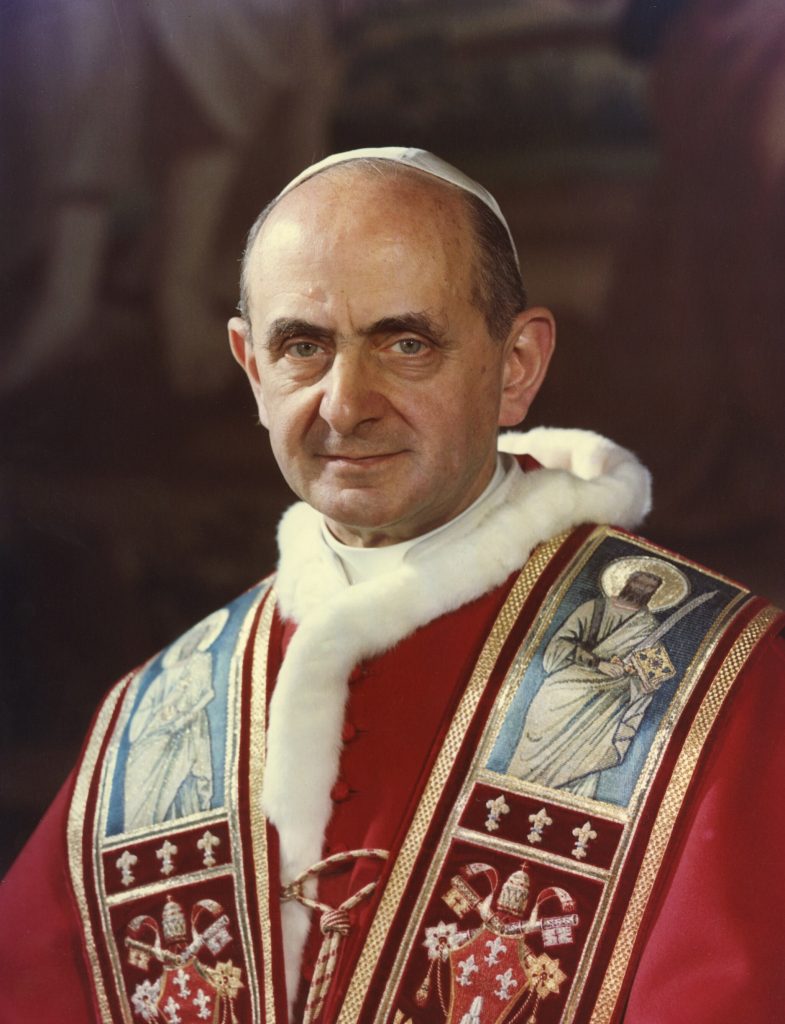
By Fotografia Felici – TheDialog.org: Info Pic, Public Domain, https://commons.wikimedia.org/w/index.php?curid=98710218
In 1945, Japanese forces are defeated on Okinawa
The Battle of Okinawa, one of the bloodiest battles of the Pacific War, concluded on June 21 with a decisive victory for Allied forces. The capture of Okinawa provided a strategic base for the planned invasion of Japan, highlighting the fierce resistance and high casualties that characterized the Pacific Theater.
In 1895, the Kiel Canal is opened
This 61-mile-long canal, connecting the North Sea with the Baltic Sea, significantly shortened maritime travel and improved trade and military navigation in the region, making it one of the world’s busiest artificial waterways. It was opened by German Emperor Wilhelm II.
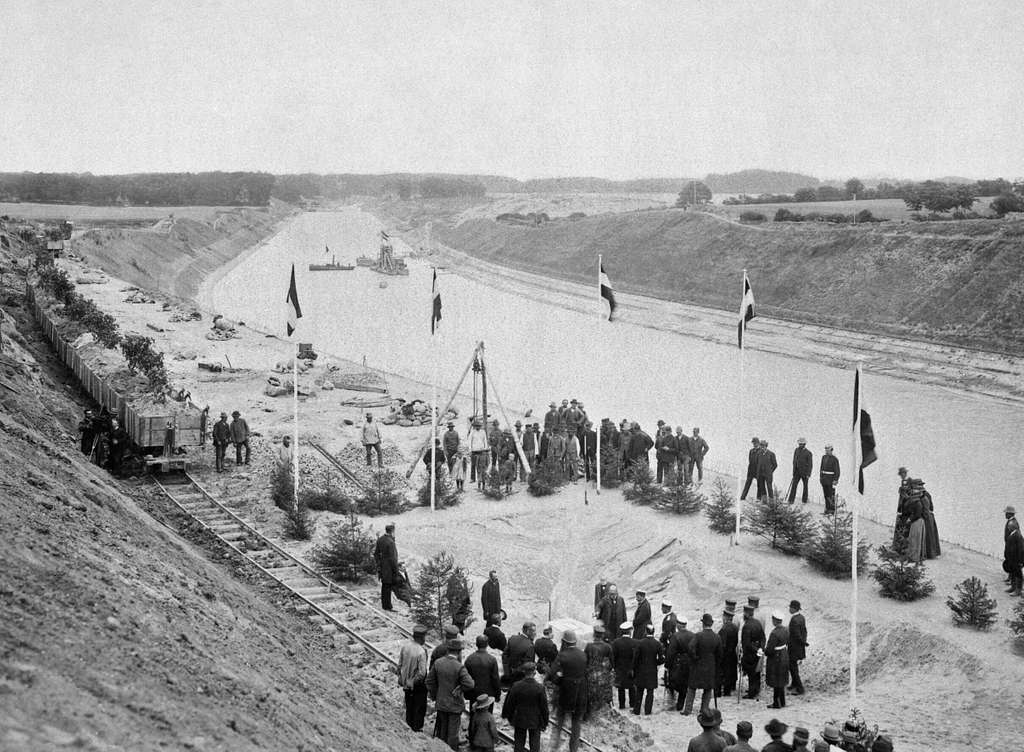
Construction of the Kiel Canal, 1887 – 1895. Kaiser Wilhelm II lays the foundation stone for the high bridge near Levensau, 21 June 1893. Picryl
In 1893, the first Ferris wheel debuts
The world’s first Ferris wheel, standing 264 feet tall, was designed by George Washington Gale Ferris Jr. nd made its debut at the 1893 World’s Columbian Exposition in Chicago.
In 1870, the Tianjin Massacre takes place
Anti-foreign sentiment in the Chinese city of Tianjin led to the killing of several French Catholic missionaries and Chinese converts. This violent incident strained diplomatic relations between China and Western powers, leading to increased foreign intervention in China.

L0056093 Chapel of the Sisters of Charity after the Tianjin Massacre
Credit: Wellcome Library, London. Wellcome Images
images@wellcome.ac.uk
http://wellcomeimages.org
Tianjin (Tientsin), China: interior ruins of the Chapel of the Sisters of Charity after the Tianjin Massacre. Photograph by John Thomson, 1871.
1871 By: J. ThomsonPublished: 1871.
Copyrighted work available under Creative Commons Attribution only licence CC BY 4.0 http://creativecommons.org/licenses/by/4.0/
– Don’t miss out on To Vima’s daily “On this Day in History” posts.
